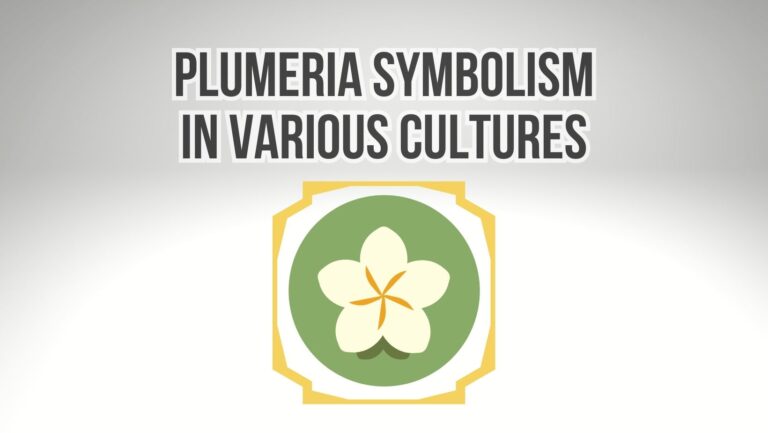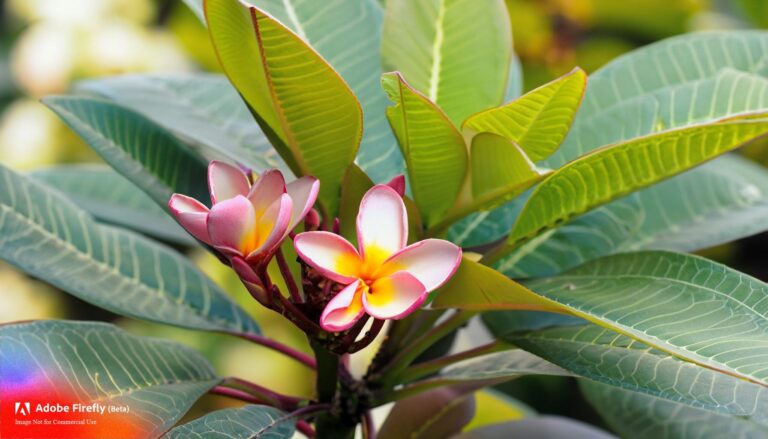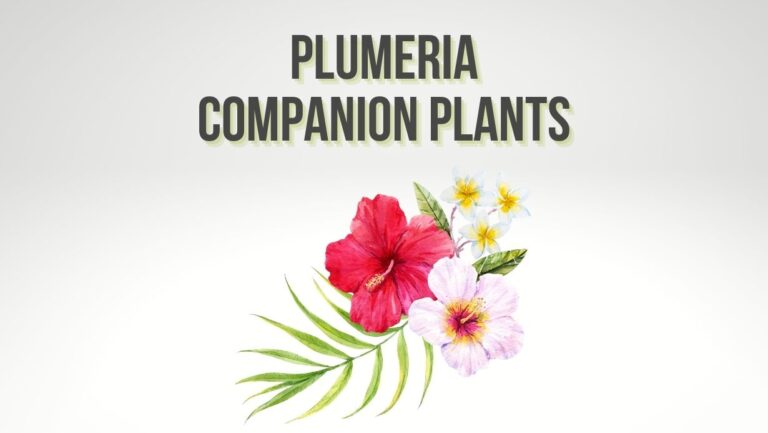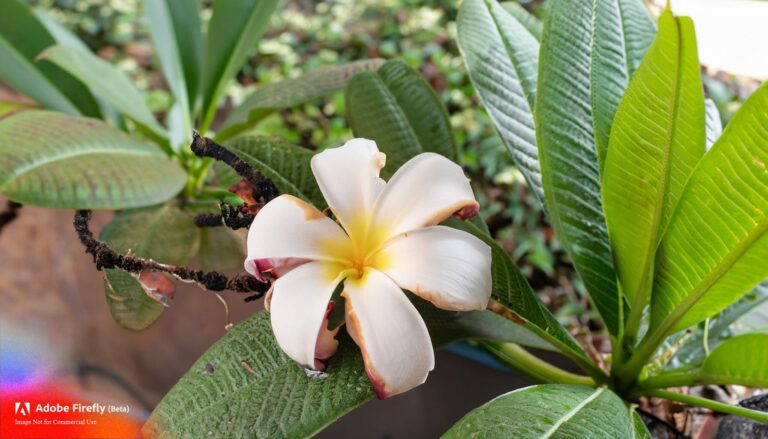
Thrips are small, slender black bugs on plumeria that can cause significant damage to plumeria plants. These tiny pests feed on the sap of the plants, resulting in distorted growth, discoloration, and damage to flowers and leaves. Understanding the causes of thrips infestation, implementing effective treatment methods, and taking preventive measures are essential for managing and preventing thrips on plumeria.
Understanding Thrips on Plumeria
Thrips are minuscule insects, typically measuring less than 1/16th of an inch. They are known for their ability to damage a wide range of plants, including plumeria. Thrips have piercing-sucking mouthparts that they use to extract sap from the plant tissues. They often feed in large groups, causing extensive damage if left untreated. Thrips are particularly attracted to flowers and can distort their appearance, affecting the overall beauty of plumeria blooms.
Causes of Thrips Infestation
Several factors contribute to thrips infestation in plumeria:
- Environmental Conditions: Thrips are more prevalent in warm and dry environments. They thrive in these conditions and reproduce rapidly, leading to higher populations on plumeria plants.
- Weakened Plants: Stressed or weakened plumeria plants are more susceptible to thrips infestation. Factors such as poor nutrition, inadequate watering, and physical damage can weaken the plants, making them more attractive to thrips.
- Introduction from Infested Plants: Thrips can be introduced to plumeria plants through infested plant material, such as cuttings or new plants. It is crucial to inspect and quarantine new additions to the garden to prevent the spread of thrips.
- Lack of Natural Predators: In some cases, a lack of natural predators, such as predatory mites or certain beneficial insects, can contribute to an increase in thrips populations.
Symptoms of Thrips Infestation
Detecting thrips infestation in plumeria requires careful observation of specific symptoms:
- Silver or Brown Discoloration: Thrips feed on the plant tissues, causing a silvery or brown discoloration on the leaves and flowers of plumeria.
- Distorted Growth: Infested plumeria leaves may exhibit distorted growth, curling, or twisting. This damage is caused by thrips feeding on the emerging leaves.
- Browning or Scarring of Flowers: Thrips can cause browning or scarring of plumeria flowers, diminishing their beauty and affecting their overall quality.
- Black Specks: As thrips feed, they leave behind black specks of feces on the plant surfaces. These specks are often visible on the undersides of leaves.
Treatment and Management of Thrips Infestation
When thrips infestation is detected, prompt action is necessary to prevent further damage to plumeria plants:
- Pruning Infested Plant Parts: Carefully inspect the plumeria plant and prune any heavily infested leaves, flowers, or stems. Dispose of the pruned material away from the garden to prevent the spread of thrips.
- Washing with Water: Use a strong stream of water to wash the foliage and flowers of plumeria. This can help dislodge and remove thrips from the plant surfaces.
- Insecticidal Soap or Neem Oil: Apply insecticidal soap or neem oil to the plumeria plant, following the instructions provided by the manufacturer. These products can effectively control thrips infestation while being safer for beneficial insects and the environment.
- Biological Control: Introduce natural predators of thrips, such as predatory mites or certain species of beneficial insects like ladybugs, into the garden. These predators can help control thrips populations naturally.
- Maintain Plant Health: Ensure that plumeria plants are well-nourished and properly watered. Healthy plants are better equipped to withstand thrips infestations.
Prevention of Thrips Infestation
Preventing thrips infestation in plumeria involves implementing proactive measures:
- Inspect New Plants: Before introducing new plumeria plants to the garden, carefully inspect them for signs of thrips or other pests. Quarantine new plants for a period to ensure they are pest-free before planting them alongside existing plumeria.
- Monitor and Act Early: Regularly monitor plumeria plants for signs of thrips infestation. Early detection allows for prompt intervention and prevents the infestation from spreading.
- Remove Weeds and Debris: Thrips can hide and reproduce in weeds and plant debris surrounding the plumeria plants. Regularly remove weeds and clean up fallen leaves or other debris to reduce thrips habitat.
- Encourage Natural Predators: Create a garden environment that supports natural predators of thrips, such as diverse plantings, providing nectar-rich flowers, and avoiding the use of broad-spectrum insecticides.
- Use Sticky Traps: Place sticky traps near plumeria plants to capture adult thrips and reduce their population.
By implementing these preventive measures and promptly addressing thrips infestations, you can effectively manage and prevent damage to plumeria plants caused by these tiny pests.
FAQs
- Can thrips infestation kill plumeria plants? While thrips can cause significant damage to plumeria plants, they are unlikely to kill a healthy, well-established plant. However, severe infestations can weaken the plant and affect its overall growth and appearance.
- Can thrips infestation spread to other plants in the garden? Yes, thrips can move between plants and infest other susceptible plants in the garden. It is important to promptly address thrips infestations to prevent their spread.
- Are thrips harmful to humans? Thrips are generally not harmful to humans. However, some people may experience mild skin irritation or an allergic reaction to thrips’ bites.
- Can I use chemical insecticides to control thrips on plumeria? While chemical insecticides can be effective against thrips, it is important to choose products that are labeled for use on plumeria and follow the instructions carefully. Be cautious when using broad-spectrum insecticides, as they can harm beneficial insects and disrupt the natural balance of the garden ecosystem.
- Can thrips reinfest plumeria plants after treatment? Thrips can reinfest plumeria plants, especially if preventive measures are not implemented. Regular monitoring, proper plant care, and early intervention are key to preventing recurring infestations.






